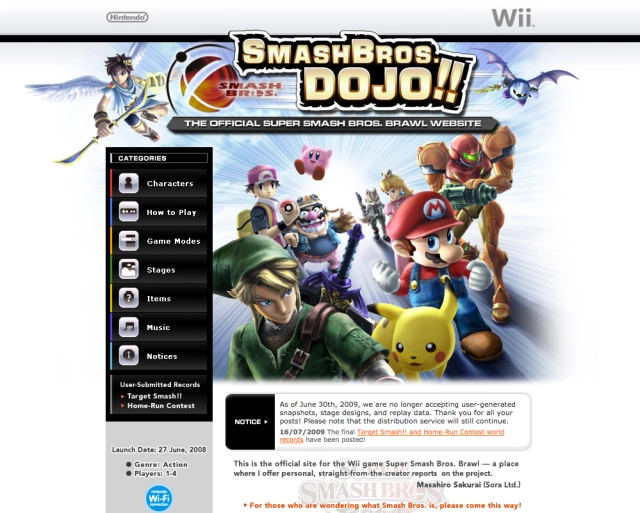
Between New Super Mario Bros. turning ten last May and the recent discovery that the Smash Bros. DOJO!! – a website used by Super Smash Bros. series director Masahiro Sakurai to promote the then upcoming release of Super Smash Bros. Brawl – began updating ten years ago as of last week, I’m starting to feel like an old man.
The Dojo served as a chronicle of every component that made up what was, at the time, arguably one of Nintendo’s most content-rich games to date. Characters, locales, items, mechanics and even contributing musicians were detailed, with each entry in the website’s blog-like archives penned by Sakurai himself – quite the undertaking, when you consider the scale of the game’s production. As such, explanations for even the simplest of features have a down-to-earth feel, offering a hint of not only the ambition behind the project, but personal excitement on Sakurai’s part as his ideas came into fruition.

As a ten-year-old boy at the time who was eagerly anticipating a game that promised the ultimate celebration of all things Nintendo, being faced with news not only of delays due to development issues, but a torturous gap of almost five months between the game’s Japanese and European release dates – as well as the envy-inducing sight of said wait only lasting two months for American fans – was no laughing matter. It was during this ‘challenging’ time that the Dojo offered some reassurance; a reminder once a day, five days a week for two hundred and thirty days that yes, the game was still coming, no matter how long it might take. At the same time, it was also a great source of frustration – a constant tease of what was so close, yet so far.
In part, it was the style of Sakurai’s descriptions that made it so. Be it a galactic bounty hunter or a banana peel, whatever he chose to detail each day was thoughtfully illustrated through words in a whimsical yet alluring manner. Explanations were always vague enough so as to get you excited for their subject, without compromising a sense of wonder and mystery that surrounded them – it made certain aspects of the game more thrilling once it was finally in the player’s hands. I distinctly remember being very well-educated on Brawl and everything about it come the time of its release, more so than any other game before it.

At times, the perceived honesty of his captions made it seem as if Sakurai himself didn’t hold the answers to every question that could be asked about his game; this was something he wasn’t afraid to tackle head-on with wit and subtlety. However, he can be seen to maintain an awareness throughout of how to effectively communicate the core concepts of his game from a commercial perspective, whilst still appeasing long-time fans with information and self-referential humour.
This is not a new concept for Sakurai. When reflecting on a 2004 Famitsu column in his book Think About the Video Games (translation by Source Gaming), Sakurai states that “thinking about the customers after providing post-release support is backwards”, before going on to explain his belief that directors and producers should be flexible in their roles and be prepared to become involved in their creation’s promotion so as to best suit the product and its consumers. The Dojo, as well as Sakurai’s previous websites for games in the Smash Bros. series, are something of an embodiment of this idea – a creator communicating directly with his audience, so as to most suitably express the intentions behind each and every part of the game’s design, as well as how to get the most out of playing it.
In an earlier column published by Famitsu in 2003, Sakurai talks of the beginning of his career and his discovery of the significant difference between meeting customer and commercial expectations. “I sensed the gap between creators and sellers. I distinctly understood that ‘creations’ and ‘goods’ are different”. It is perhaps a long-time presence of this understanding in his approach to designing games that has allowed Sakurai to so effectively blend the passion of a “creator” and the promotional skills of a “seller” in how he conveys his games to their intended audience. It’s something the Dojo has on full display.

The Dojo continued a long-standing tradition of official Smash Bros. websites encouraging player interaction and featuring user-submitted content. Japanese websites for past games in the series had seen the likes of character popularity polls and Q&A sessions with Sakurai himself take centre stage, but Brawl marked the first time fans worldwide were given an opportunity to contribute. Multiple galleries of user-submitted snapshots, as well as records for the game’s ‘Target Smash!!‘ and ‘Home-Run Contest‘ modes stand proudly on the website, having received updates until the June of 2009. In a pre-Nintendo Direct world, this all seemed notably off-brand for a company normally known for operating with a degree of secrecy and separation from consumers.
With Nintendo’s tendency to keep some of its oldest websites online for as long as possible, it’s safe to say that Sakurai’s desire for the Smash Bros DOJO!! to exist as a comprehensive database of everything in the game long past it’s release – and even that of its sequels – will most likely be fulfilled. Nine years on from its publication, the final update stands testament to the undertaking involved in both creating Super Smash Bros. Brawl and running its website – Sakurai goes as far as describing his success in carrying out the latter as “making the impossible a reality”. Through humour and modesty, every comment, explanation and piece of advice he wrote has a intimate feel that does well to encompass a personal passion for what was his biggest project to date, further spurring the excitement many would have felt in the run-up to Brawl‘s release whilst offering insight into the thought process behind its design.
I recommend you take some time to browse the Smash Bros DOJO!! for yourself. You might be surprised at how much you’ll learn, both about Super Smash Bros. Brawl and how Masahiro Sakurai makes video games.







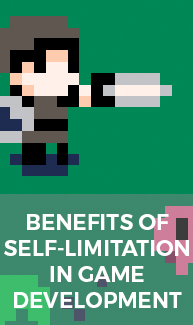
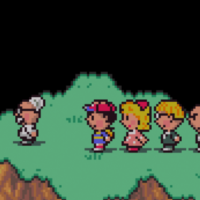
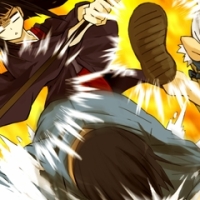


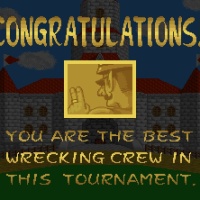

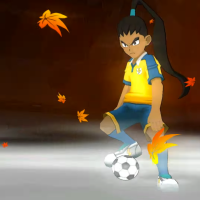
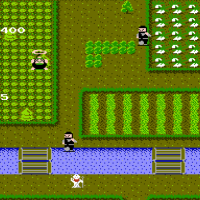

I took a trip down memory lane on the Dojo the other day and remembered how much his humble, yet tongue-in-cheek dialogue shone even through the localization (and, much later on, Source Gaming’s own translations). It’s a method of writing that’s inspired me since, and I’ve grown fond of channeling it in my own efforts.
Great blog!
LikeLiked by 1 person
Thanks for your comment and for the kind words!
Sakurai’s writing on the Dojo had a really whimsical, down-to-earth feel that showed how much he cared about everything that went into his game – it definitely helped me develop a far greater appreciation of what goes into making Smash Bros. as excellent as it is.
LikeLike